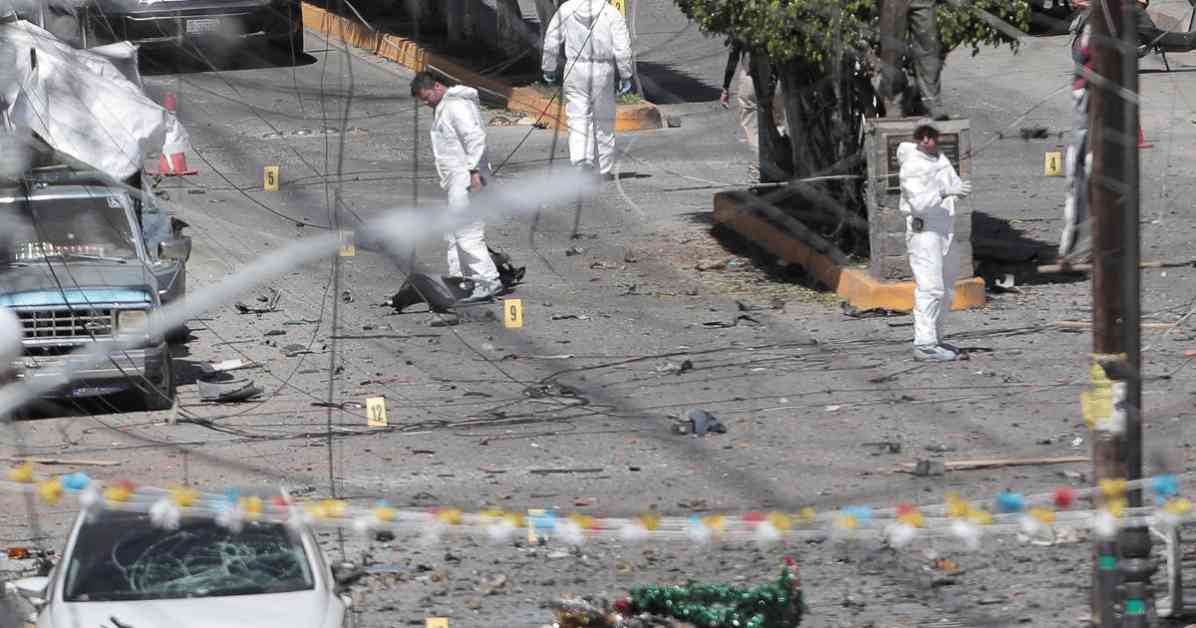In Mexico, escalating cartel violence continues to wreak havoc, with recent clashes resulting in the deaths of 16 gunmen and injuries to three police officers. The violence erupted in the southern state of Guerrero, known for its long history of cartel-related violence as rival groups vie for control of drug production and trafficking.
Last year alone, Guerrero recorded 1,890 murders, highlighting the severe impact of cartel activities on the region. The recent clashes in Guerrero reflect the ongoing struggle for power and control that has plagued the state for years. The violence not only poses a threat to the safety and security of local residents but also hampers efforts to promote economic development and attract tourism to the area, as seen in the former resort city of Acapulco.
Further north in Guanajuato state, a car bomb detonated outside a police station, injuring three officers and causing significant damage to nearby properties. The use of explosives in the attack underscores the ruthless tactics employed by cartels in their ongoing battles for dominance. The attacks in Guerrero and Guanajuato demonstrate the far-reaching impact of cartel violence, extending beyond specific regions to affect the entire country.
In response to the escalating violence, state and local authorities are implementing various strategies to combat the influence of cartels. Governor Libia Garcia of Guanajuato has emphasized the importance of cooperation and coordination among security forces to restore peace to the state. The governor’s commitment to pacifying Guanajuato reflects the urgent need to address the root causes of cartel-related violence and prevent further bloodshed.
Meanwhile, at the national level, President Claudia Sheinbaum has reiterated her administration’s focus on using social policies and intelligence to tackle crime effectively. By prioritizing prevention and intervention strategies, the government aims to reduce the influence of cartels and create a safer environment for all Mexicans. The president’s stance represents a departure from previous militaristic approaches to combating drug trafficking and organized crime, signaling a shift towards a more holistic and sustainable solution.
The recent capture of Sinaloa cartel leaders and the internal strife within the organization highlight the complex dynamics at play within Mexico’s criminal underworld. The power struggles and violent confrontations between rival factions underscore the high stakes involved in the illicit drug trade and the ruthless tactics employed by cartel members. The ongoing challenges posed by cartel violence require a multifaceted approach that addresses social, economic, and security concerns to effectively dismantle criminal networks and restore peace to the region.
As Mexico grapples with the devastating impact of cartel violence, it is clear that a comprehensive and coordinated response is necessary to address the root causes of the issue and prevent further bloodshed. By prioritizing cooperation among security forces, implementing targeted interventions, and promoting socioeconomic development, authorities can work towards creating a safer and more secure environment for all citizens. Only through sustained efforts and collective action can Mexico hope to overcome the scourge of cartel violence and build a more peaceful future for its people.






















